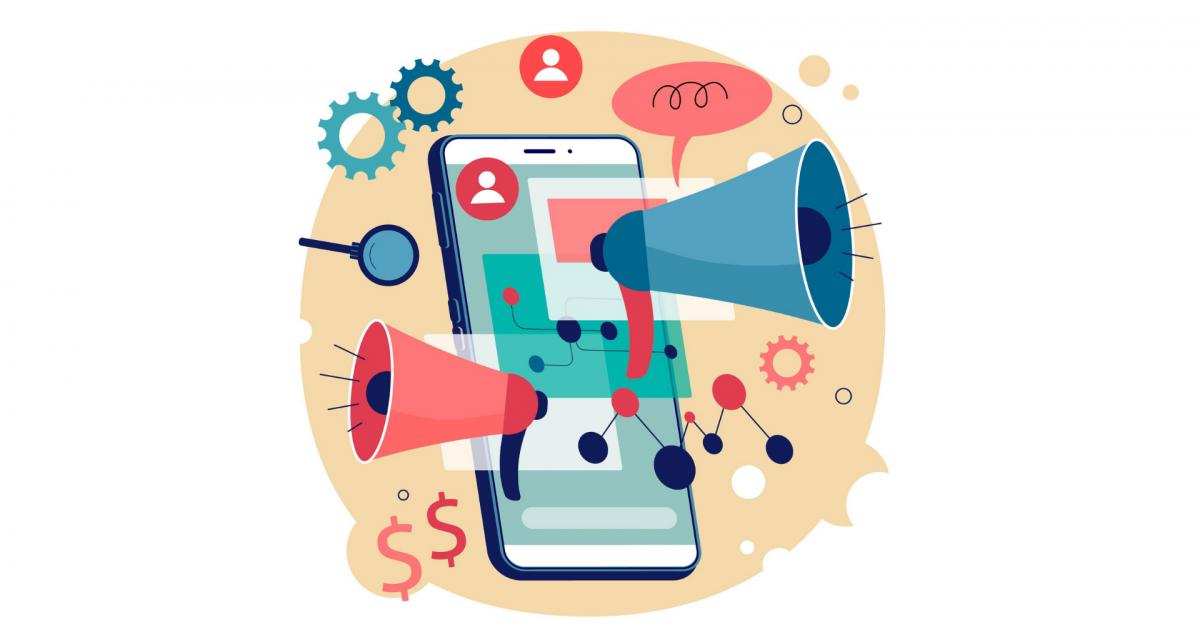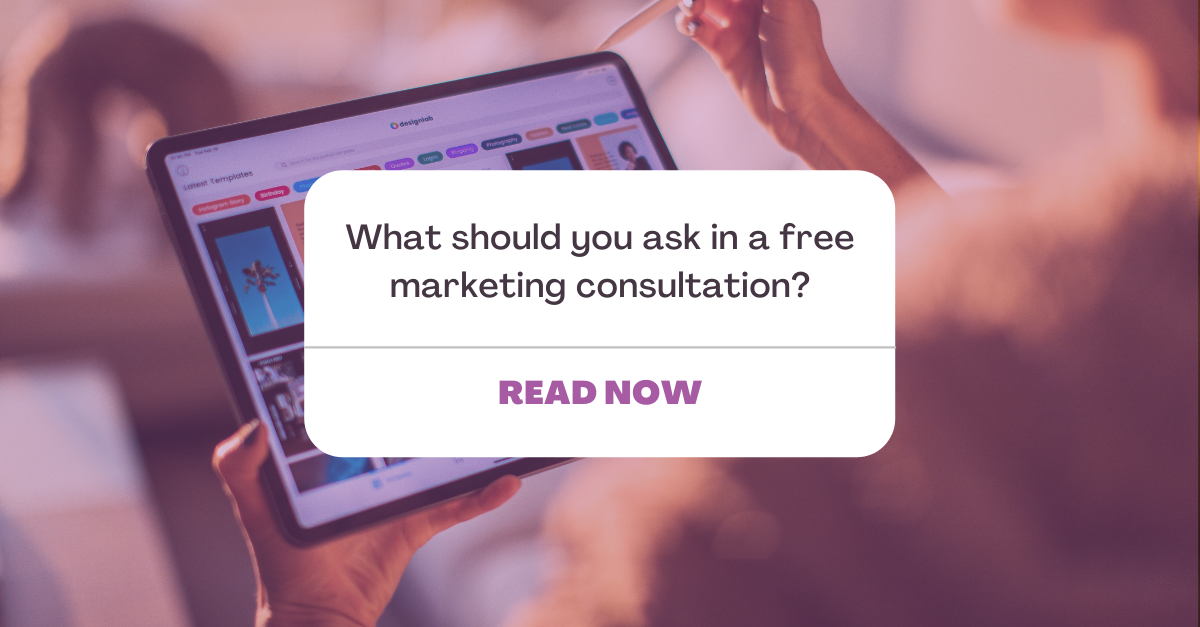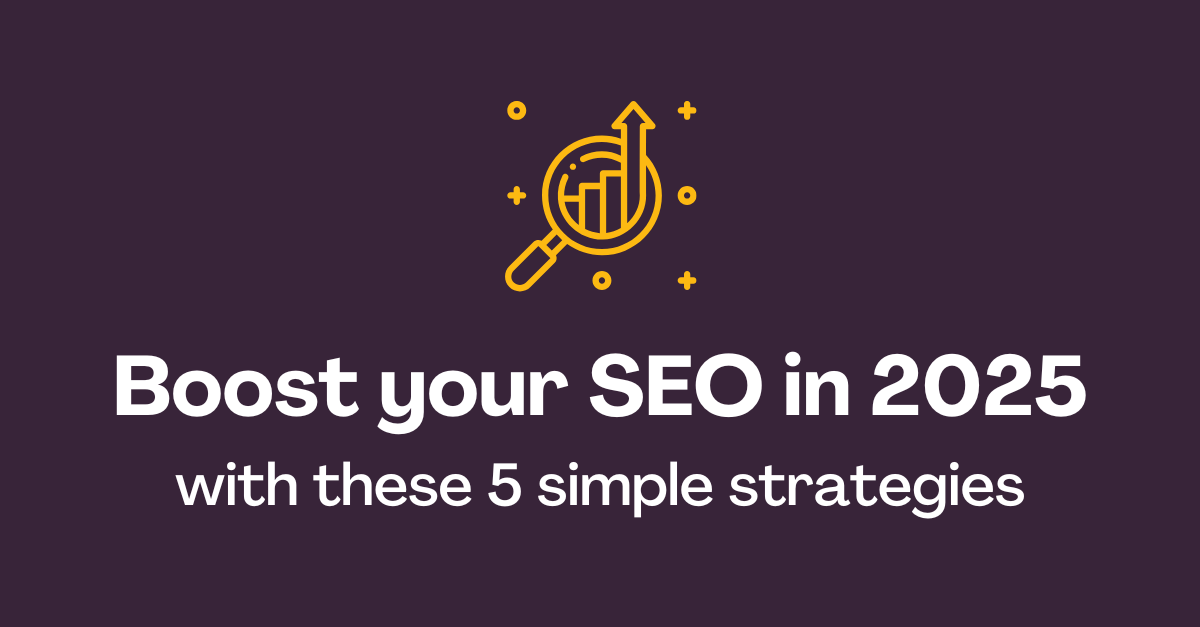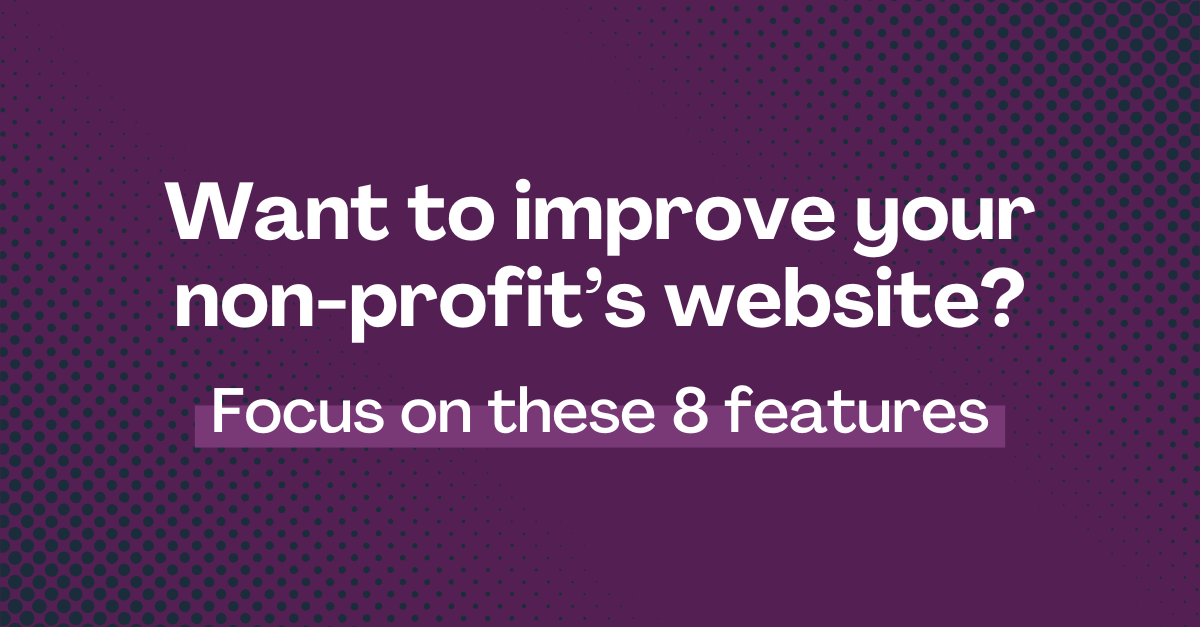"*" indicates required fields
Why marketing experts are OBSESSED with branding
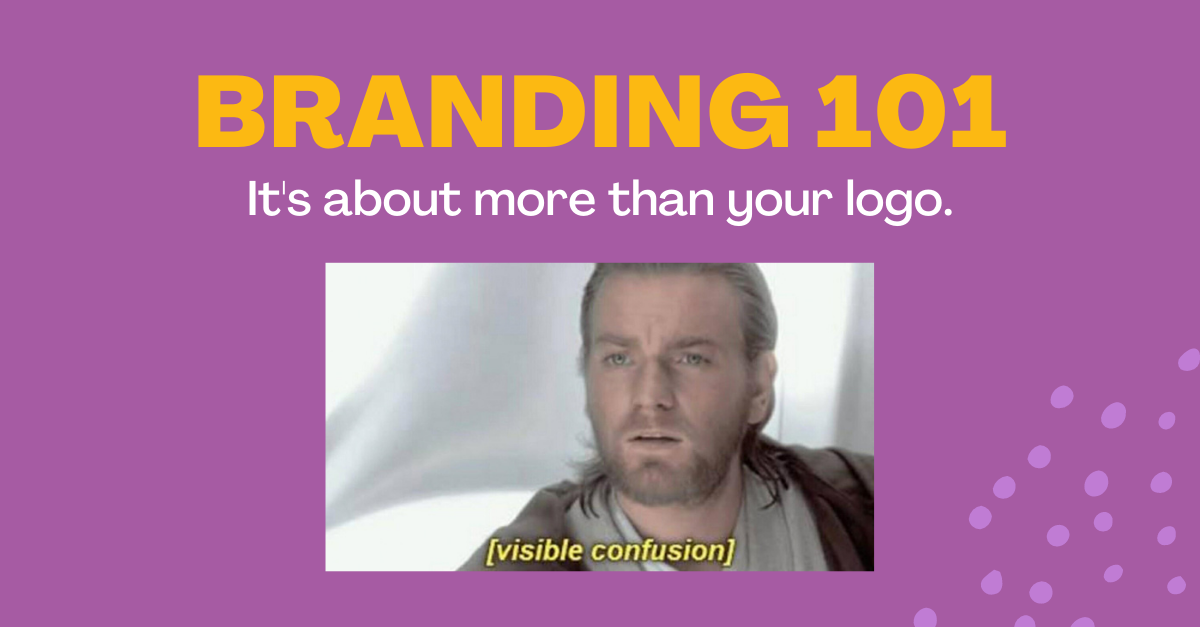
POV: You’re sitting in a meeting with your marketing team, talking about a new social media ad campaign that you’ll be launching. Your marketing team will be developing the strategy and designing the campaign. You make a suggestion based on what you saw another company was recently doing with their ads. In response, you hear “hmm, we’re not sure if that would be on brand.”
Brand. Branding. On brand. If you’ve worked with a marketing team before, you have most likely heard these words being thrown around (over and over again). Everyone stresses their importance, but why?
Hint: it’s about WAY more than just your logo.
Branding probably feels like a pretty abstract concept, which can be frustrating. It’s hard to measure, and it can be quite subjective. But that doesn’t mean you can ignore it. In reality, branding should be at the forefront of your considerations when you work on any marketing strategy.
Read on to find out why your marketing team (ahem) is so obsessed with this concept.
Branding is about more than just design.
The original literal practice of branding was invented by the Egyptians, who would use marks to differentiate their livestock and identify who the animals belonged to. In modern times, we use the same word, but luckily it has nothing to do with burning anyone’s skin!
According to the American Marketing Association, a brand is “a name, term, design, symbol, or any other feature that identifies one seller’s goods or service as distinct from those of other sellers.” A brand can be corporate, personal, or for a product/service.
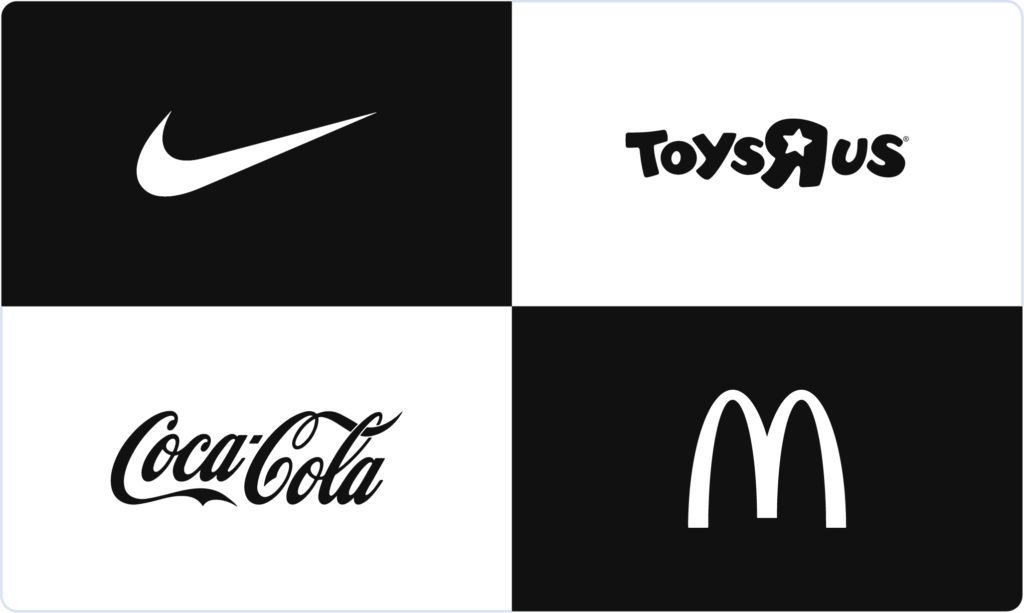
Therefore, the act of branding simply refers to marketing and business strategies that help shape the perception of a brand. Successful marketing will help to keep a company’s brand memorable, which is a huge factor in why someone may choose to buy from them over the competition.
Related terms:
There are some similar words and phrases that often get used interchangeably with branding, but have their own distinct meaning. Here’s what you should know.
Brand Identity/Identity Design: People often confuse logos, taglines, slogans, business cards, and other creative assets with branding. These are actually the tools used to BUILD a brand – when you put them all together, you have what’s called a brand identity. A graphic designer who specializes in logos might call themselves a ‘brand identity designer’ rather than a ‘brand designer’ if they want to be more accurate.
Brand experience: The way a customer experiences and interacts with your brand. This varies greatly depending on your business. For products – how does it look, feel, smell, taste, sound? For a service – what’s the experience of walking into your store, or using your website? Cultivating positive experiences will be hugely beneficial for your brand.
Brand Equity: The value of your brand, and how well it is perceived. The more positive associations, the higher the brand equity. This isn’t something you can necessarily measure, but is built up over time thanks to repeat customers who trust your business.
Brand Positioning: How a company positions themselves within their industry, in order to stand out from their competitors and appeal to their target market.
Brand Personality: How your brand “acts” – this can be shaped through the writing style used for the brand, as well as visuals like ads, videos, illustrations, etc.
Brand Value/Vision: What your brand stands for. Why it exists.

Boost your online presence with our help
- Web design and development
- SEO and PPC
- Social media strategy
- AI technology
How does branding affect us?
We experience branding every day, all around us, and it influences hundreds if not thousands of choices that we make – whether we are aware of it or not. It’s why some people will pay hundreds for a name brand t-shirt instead of getting a $10 three-pack on Amazon.
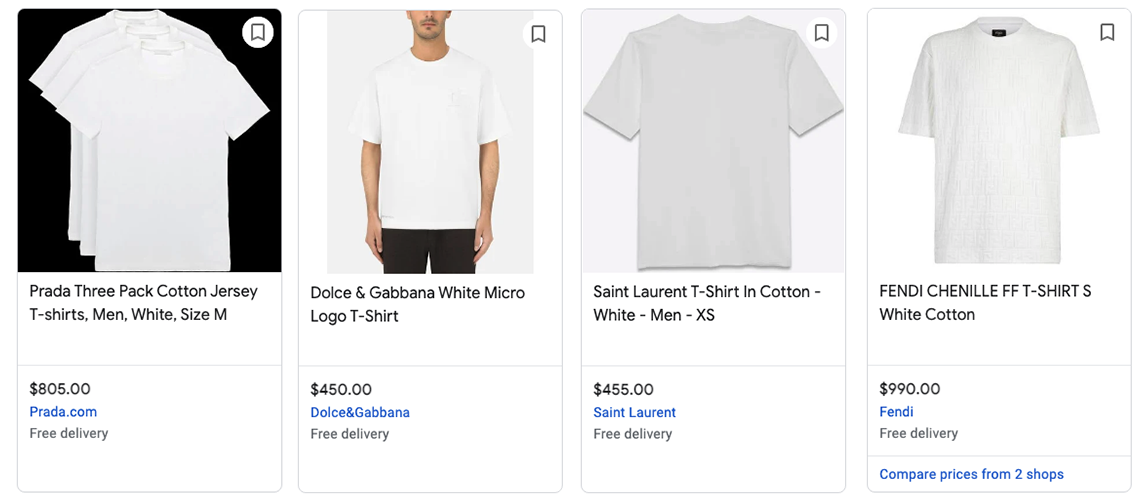
You might think branding is “just for the big guys,” and that it shouldn’t be a priority for your small or medium sized business, especially if you haven’t been around for long. On the contrary, there are many reasons you should care about your brand just as much as other aspects of your business, even if you just started it.
Branding can make you appear more established.
These days, good branding is a basic expectation. Consumers may be wary of buying into a company that is relatively new. Thoughtful, well-designed, and professional branding will ensure you don’t LOOK like a newbie, which will convey credibility. Pro tip: using a logo template will NOT achieve this. Please, hire a professional.
Branding shows off your competitive edge.
Once your brand has been established, you can use your messaging and your values to educate your target audience about what you do better than everyone else, and why they should choose to work with you. This gives you an edge over businesses that haven’t invested in their branding, and aren’t being as clear and consistent with the marketing they are putting out into the world.
Branding helps you control your image.
We all know first impressions are insanely important when it comes to marketing – and your branding is a tool to shape your company’s image. Perceptions and emotions dictate behaviour, so the way your brand is perceived is a critical part of getting people to engage with you and purchase your products or services.
We tend to focus on how brands impact consumers/clients. However, building a positive brand image is also important in order to appeal to potential employees, shareholders, distributors, and others. If someone feels connected to your brand, they’re more likely to want to work with you.
Branding helps companies introduce new products.
Have you ever bought a product because you already owned something else from that brand, and enjoyed it? You trusted that the second product would also be great, because the first product lived up to its expectations. This is a great example of brand equity. Humans are habitual – so if someone’s first experience with you is great, you’re almost guaranteed that they will return (and recommend you to their friends as well). An important part of this equation is to have memorable and consistent branding that helps you stick in your customer’s minds.
Most importantly: Consistent branding builds trust.
It might feel silly when your marketing team insists that you shouldn’t start using a new font or colour for your graphics out of the blue – after all, what’s the big deal if you switch things up once in a while? The answer: trust.
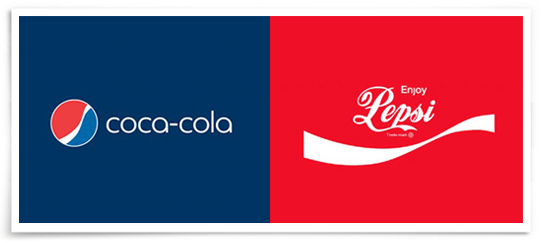
While the example of reversed branding above is exaggerated for effect, I can’t emphasize enough the importance of sticking to your brand standards. By using consistent branding and sticking to your established visual identity, you teach your audience what to expect from you, and over time, you become instantly recognizable. When customers know what to expect from you and have consistent, positive, dependable experiences across every channel of communication, it will instill comfort, trust, and loyalty. Emotions greatly affect human behaviour (including purchasing habits), so giving your customers that feeling of reliability and safety will go a long way.
We know that being consistent with branding can be quite a challenge for many businesses, especially new ones. After a while, it’s difficult to find new ways to market your company, while still using the same brand identity, writing style, and overall branding. So maybe your next question is…
How can I make sure my branding stays on track?
It can be complicated to remember all the aspects of your branding. You have the visual assets, like your logo and logo variations, you have the tone of voice used when you’re writing, the brand values that you’re trying to convey, and so much more.
This is why every successful business needs a brand guide, or at the very least, a style guide. This acts as an instruction manual that can easily be shared internally, with your team, but also externally, if you decide to outsource parts of your business (like, your marketing?). The brand guide will ensure that everyone who works with you is aligned with your vision for the brand.
A style guide is usually an outline of JUST the visual elements from your brand or website (think colours, typography, imagery, etc). A brand guide includes these elements as well as the more emotional aspects of the brand, like the company’s mission and values, the history, the vision for the future, the desired emotions of your consumers, and more.
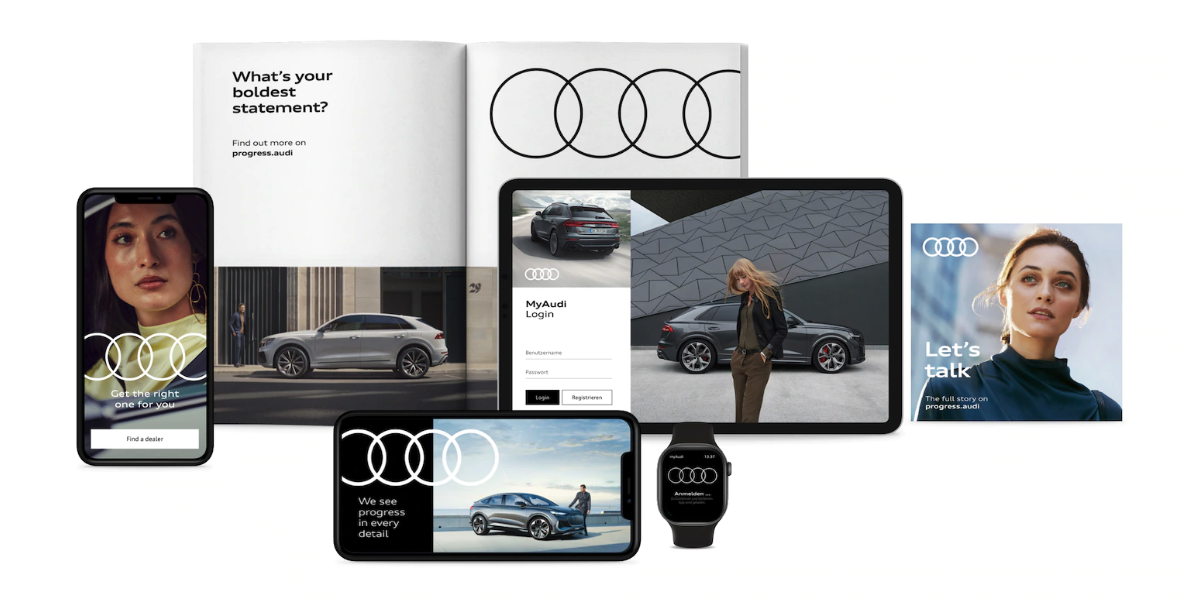
Depending on the scope of your brand, your guide might be as simple as Netflix, or extremely detailed and extensive, like Audi.
At U7, we believe in leaving our clients with all the tools they need to continue building their brand – which is why we always like to create style guides for our client’s websites, and brand guides for our brand identity work.
But U7 is a digital marketing agency. Can you also help me with my branding?
Yes, yes, a thousand times yes! If you read this whole article, you now understand that branding is connected to all the marketing work we do. Here are just a few of the ways U7 helps clients with their branding:
- Ensuring all the marketing work we do for you is visually consistent
- Creating brand identities for new businesses that don’t have a logo yet
- Revamping logos and brand identities for established companies that need a refresh
- Making sure our client websites are fast, mobile-friendly, accessible, and well-designed, which creates positive brand experiences
- Creating social media strategies with engaging (and on brand!) content and graphics
- Creating brand/style guides for our clients to use in future endeavours
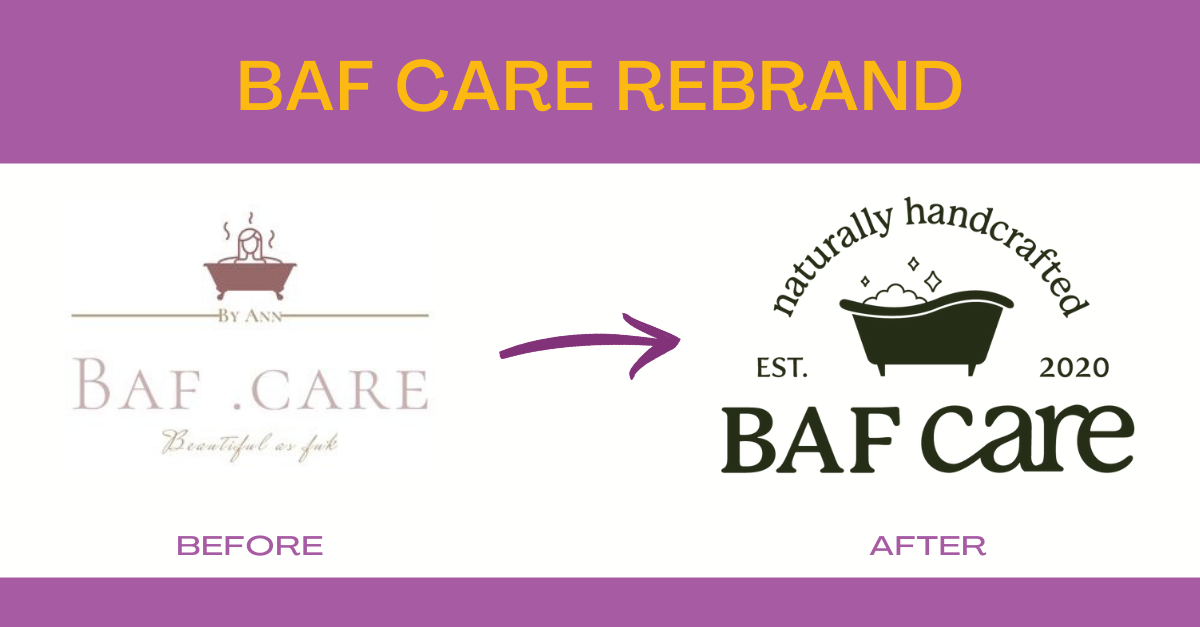
Our priority is to make sure that all the work we do for our clients is not only on brand, but also helps to improve your brand. How do we do that? We take the time to speak with you about your business, your brand positioning, values, and desired brand experience.
Schedule a free consultation call with us today to learn more.
Let's chat about your goals
OR tell us more about you
Swipe up for expert help!
